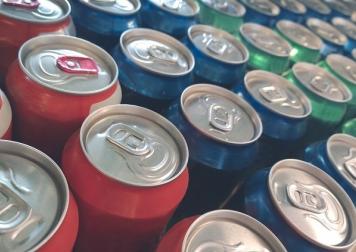Lowering prediabetes cutoff is cost effective only to a certain point
Lowering the hemoglobin A1c (HbA1c) diagnostic threshold for prediabetes is cost effective at cutoffs of 5.7 percent and higher, according to research published in the American Journal of Preventive Medicine.
Researchers examined the cost effectiveness of preventive interventions for type 2 diabetes when progressively reducing the HbA1c cutoff by 0.1 percent between 6.4 percent to 5.5 percent.
They found that lowering the cutoff for prediabetes in high-risk adults resulted in greater health benefits, but also lead to a progressive increase in costs and decrease in economic efficiency.
Researchers determined that a cutoff of 5.7 percent of higher HBA1c level fell below the $50,000 cost per quality-adjusted life year, a widely recognized threshold for the cost effective use of healthcare resources.
Lowering the cutoff from 5.7 percent to 5.6 percent may also be cost effective, but only if the costs of preventive interventions were lowered as well.
The American Diabetes Association (ADA) in 2010 recommended HbA1c testing to diagnose prediabetes and diabetes. While the ADA recommended a 6.5 percent HbA1c threshold for defining diabetes, the debate continues over how to define prediabetes.
Professional organizations have independently recommended three different prediabetes thresholds ranging from 6.0 percent to 5.5 percent.
HbA1c is a diagnostic laboratory test that measures the average amount of glucose in the blood over a period of time, often three months. Hemoglobin is the oxygen-carrying pigment in blood that is the main protein in red blood cells. A minor component of hemoglobin, A1c binds with glucose in the blood.
To examine cost effectiveness, researchers used data from a previous study called the Diabetes Prevention Program (DPP), which is considered the best data on the cost and effectiveness of a high-quality type 2 diabetes preventive intervention.
The DPP found that modifying participants' lifestyle through diet changes and increase physical activity reduced the risk of type 2 diabetes by 58 percent over three years. It also modestly reduced the risk of hypertension.
Source: American Journal of Preventive Medicine


































